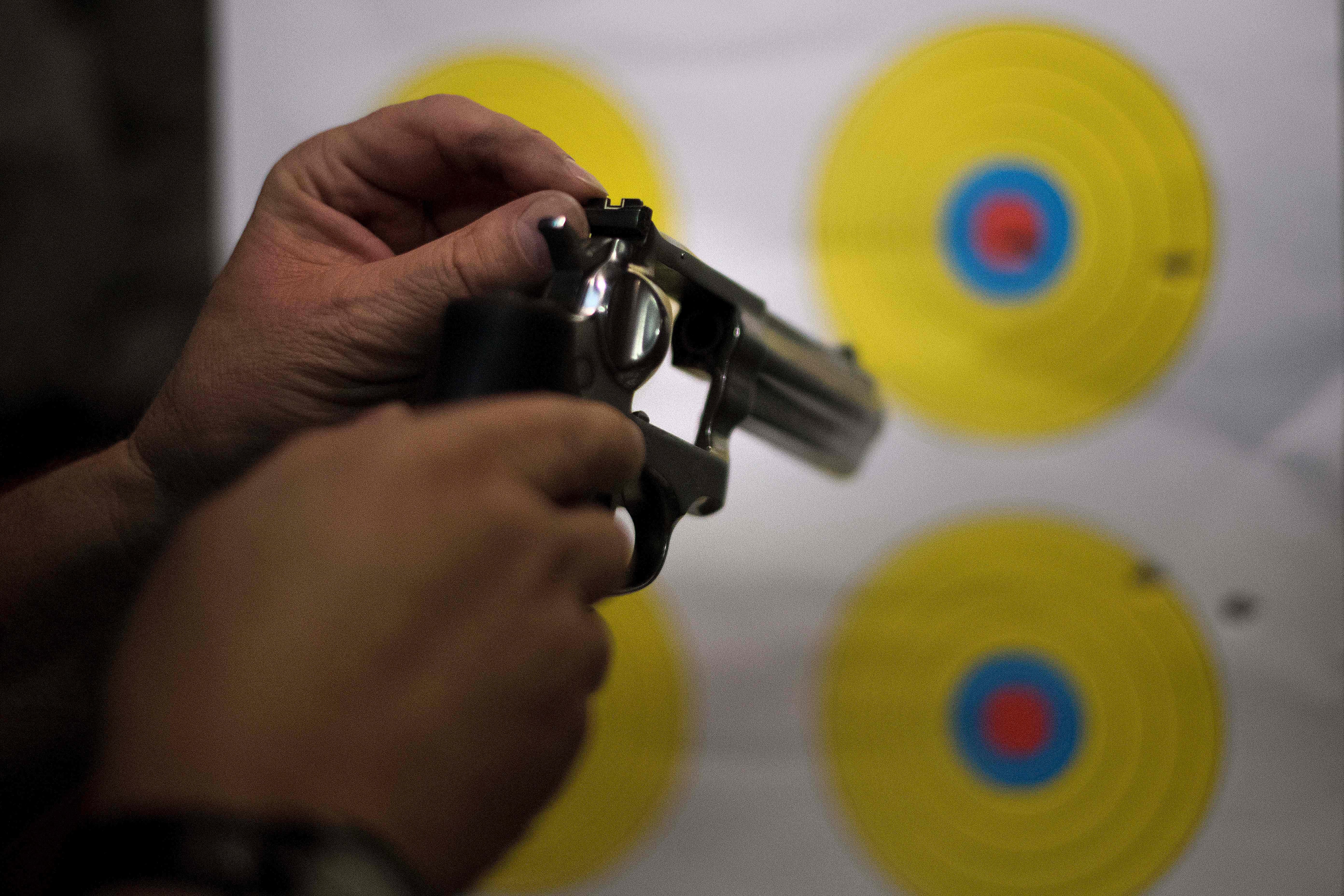The Republican Party and the NRA frequently describe the Second Amendment in absolutist terms, suggesting that any restriction on the right to bear arms runs afoul of the Constitution. In reality, however, federal courts have consistently upheld constraints on Americans’ ability to buy, sell, and carry firearms. On Friday, the 2nd Circuit U.S. Court of Appeals upheld yet another gun regulation, a New York City measure that sharply limits gun owners’ ability to transport their weapons. The decision serves as a reminder that virtually all gun control laws attainable in our current political climate will pass muster in the courts.
New York state already bars the concealed carry of firearms for those who cannot establish a special need for self-protection, a law upheld by the 2nd Circuit in 2012. New York City goes further, prohibiting residents from removing their firearm from their home at all—unless they’re taking it to or from an “authorized small arms range” or “shooting club” within the city. There are seven such facilities in the city, including at least one in each borough. Three residents challenged the measure’s constitutionality, arguing that the Second Amendment secures their right to transport their firearms to shooting ranges, competitions, and second homes outside the city.
A three-judge panel for the 2nd Circuit unanimously rejected their claim. In a decision by Judge Gerard Lynch, the court explained that New York City’s law does not place a substantial burden on “the core right” of the Second Amendment, “self-defense in the home.” Nor does it prevent New Yorkers from “engag[ing] in practice, training exercises, and shooting competitions.” Instead, the law simply limits the number of firing ranges at which gun-owning New Yorkers may “maintain their skills.”
Still, the court acknowledged that New York City’s law creates a modest burden on New Yorkers who wish to transport their guns to second homes beyond city limits. Thus, the court applied intermediate scrutiny, asking whether the measure is “substantially related to the achievement of an important governmental interest.” The court easily concluded that it was, citing an affidavit from Andrew Lunetta, the former commander of the License Division. Lunetta explained that when the city had a more lenient rule, gun owners routinely abused it, taking guns outside the city for a variety of illicit reasons, then pretending they were traveling to shooting ranges. Officers struggled to verify or disprove these cover stories, effectively neutering the rule. As a result, gun owners carried their weapons during “family disputes” and in traffic, crowds, and demonstrations, raising the risk of violence.
When the city introduced its current, more stringent rule, the License Division had a much easier time monitoring the public carry of licensed firearms. This experience, the court explained, demonstrates that the law was indeed carefully tailored to further a critical interest. The court also noted that New Yorkers may still attend shooting ranges and gun shows outside the city; they need only rent a firearm at a facility. They can also purchase a second gun for their second home. The court concluded:
The burdens imposed by the Rule do not substantially affect the exercise of core Second Amendment rights, and the Rule makes a contribution to an important state interest in public safety substantial enough to easily justify the insignificant and indirect costs it imposes on Second Amendment interests. Accordingly, [the Rule] survives intermediate scrutiny.
This conclusion aligns neatly with the Supreme Court’s Second Amendment jurisprudence, which guarantees only the right to keep a handgun in the home for self-defense. A few courts have extended that right beyond the home, but most have allowed significant restrictions on public carry. Similarly, four federal appeals courts have ruled that states and cities may ban assault weapons altogether; none have held that such weapons are constitutionally protected. The courts have also allowed a variety of other gun safety measures, including mandatory trigger locks, age limits, and waiting periods as well as the strict regulation of gun shops and a lifetime ban on firearm ownership by domestic abusers.
As these rulings indicate, it isn’t primarily the courts that stand in the way of meaningful gun control. The federal judiciary would likely uphold almost any gun safety law that Congress or the states are able to pass, including an outright prohibition on assault weapons. Republicans may insist that the Second Amendment grants every American the untrammeled right to bear arms whenever, wherever. But in reality, the actual Constitution is no impediment to meaningful reform of American gun laws.
